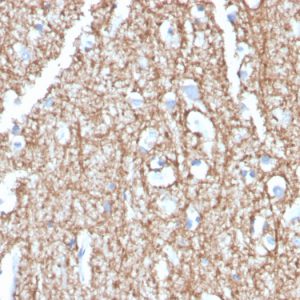Free Shipping in the U.S. for orders over $1000. Shop Now>>

Immunofluorescence is a widely used laboratory technique that allows researchers to visualize and analyze the distribution and localization of specific proteins or other molecules within cells or tissues. This technique allows researchers to determine the cell morphology and subcellular localization of a target protein to understand its function and involvement in cellular processes, assess co-localization by using multiple antibodies labeled with different fluorophores to gain insights into potential interactions or shared roles and evaluate protein expression patterns to understand tissue organization and cell differentiation. With appropriate imaging and analysis software, immunofluorescence can provide quantitative data on the intensity of fluorescence signals. Overall, immunofluorescence is a versatile and widely used technique in cell biology, immunology, and pathology, providing detailed information about the location and expression of specific molecules within biological samples. It is particularly valuable for investigating cellular organization, protein distribution, and the role of specific molecules in normal and pathological conditions.
Showing the single result

Showing the single result

